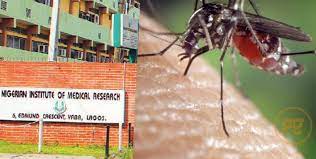A new Malaria Vector has been discovered in Kenya.
The Kenya Medical Research institute (KEMR) Entomology Research team announced the discovery of new vector, which is a serious threat to Kenyans.
According to the acting Director General Samuel Kariki, KEMRI said the vector know as Anopheles stephensi was discovered in Laisamis and Saku sub counties of Marsabit County, where research was been conducted.
The discovery, shows that the vector can survive in both urban and rural settings which may translate to a high transmission rate.

“Our surveillance studies indicate that the new vector, unlike the traditional malaria causing mosquitos namely Anopheles gambiae and Anopheles fimfests is not only invasive and can spread very fast to new areas, but also adaptive to different climatic and environmental condition,” the statement read.
KEMRI also says that , further studies are ongoing to establish the extent of the strain’s distribution and mosquito infective rates.
Members of the public have been required to continue utilizing the available malaria control tools such as mosquito nets, repellants, wearing long sleeved clothes to prevent mosquito bites.
The new vector discovered is unique as it can grow in manmade containers, sewers’, open tanks, and underground tanks and in polluted areas.
Until Kenya discovered the Anopheles stephensi, it was known to occur and spread malaria in South East Asia, the Middle East and Arabian Peninsula.
![]()
Also Read: Famous Kisumu City “Yurop” lodgings, hotels infested with bed bugs and rats